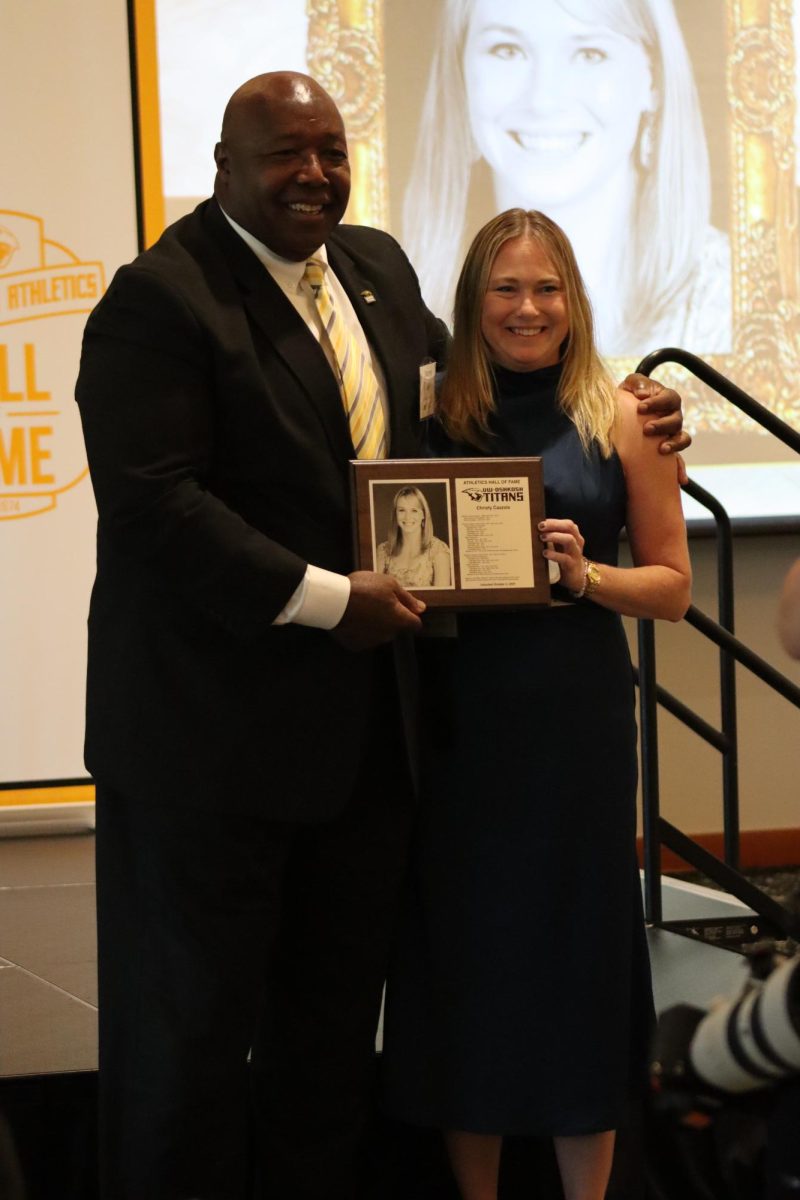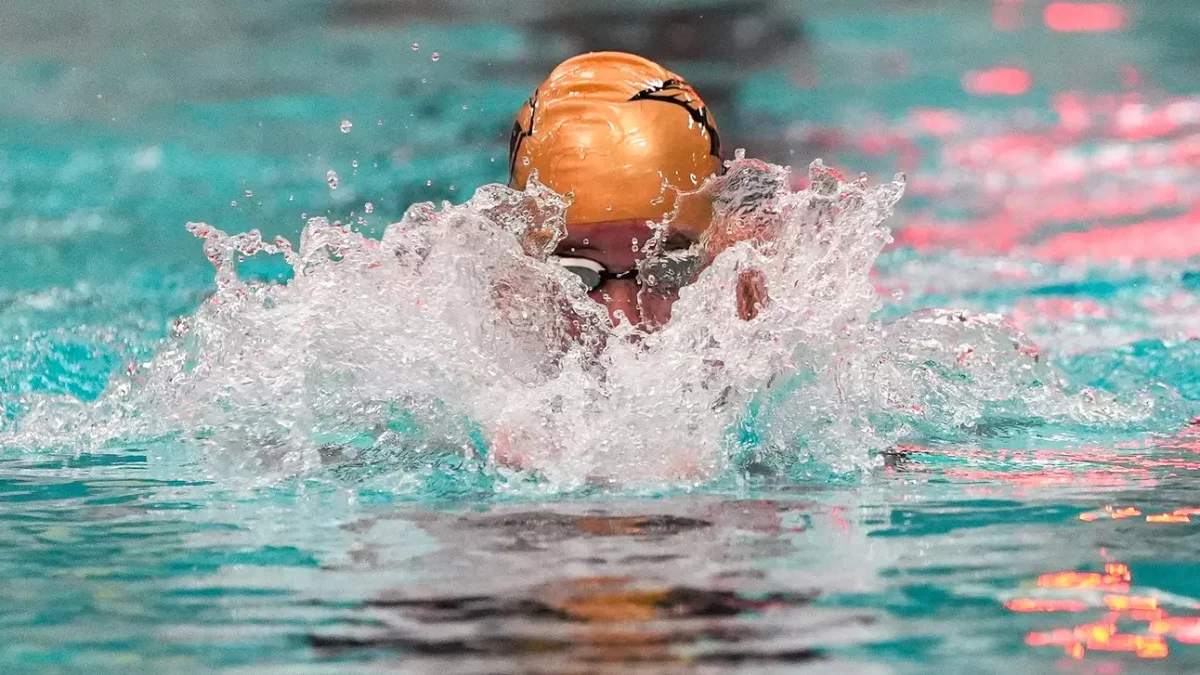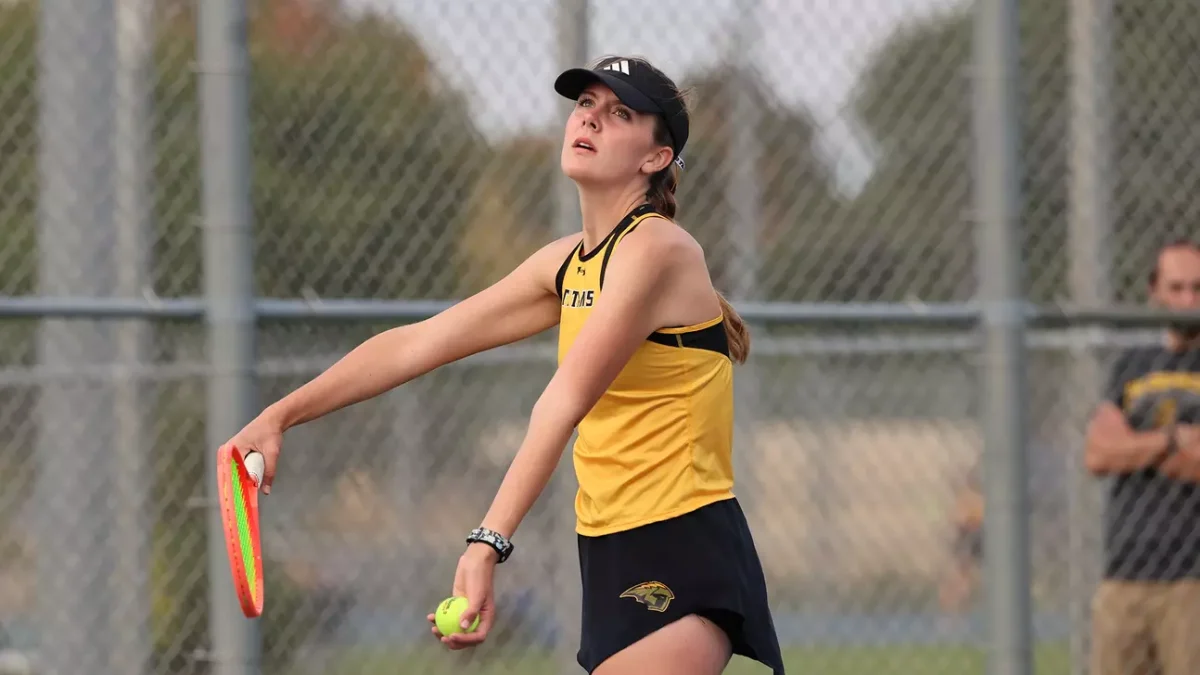On a normal March day, fans expect UW Oshkosh men’s basketball coach Pat Juckem to be putting his full attention on his postseason game plan. The reality is while he’s focused on his goal of winning a championship, the ongoing process of recruiting is always lingering in the back of the sixth-year Oshkosh basketball head coach’s mind.
His inbox is filled with scouts contacting him about future showcases in which top high school basketball prospects will be participating and his schedule is crammed with upcoming events. From exchanging emails with high school coaches to visiting a potential player’s home, recruiting at the D-III level is a job that requires full attention 365 days of the year.
There’s no secret formula to the madness. Succeeding in this process requires optimism, persistence and even a little bit of luck. Filling in recruits is a long, tiring process and the ultimate goal for a coach is to get as many future targets as possible and hoping that a handful of them will commit to your program.
“It’s a full calendar year… dozens of in-person visits, letters written, time spent on the phone [with recruits], text messaging,” Juckem said. “So you invest an awful lot in a young man that you feel is a great fit for both the University and for our program.”
For Brad Fischer, the UWO women’s basketball coach, recruiting is the pulse of his program.
“Recruiting is our lifeblood,” Fischer said. “It’s an everyday investment, and I would say, minimum, I am spending an hour a day when it feels like it is not in season. Whether it’s following up, whether it’s sending a note, whether it’s calling a coach, it gets real busy in the May, June, July periods when there are a lot of tournaments and games.”
From basketball to soccer, recruiting is dealt with in the same manner. UWO women’s soccer head coach Erin Coppernoll said she understands the intense nature that is recruiting and is reminded everyday of this long and very competitive process.
“Recruiting doesn’t stop,” Coppernoll said. “I probably get at least an email a day about a showcase going on throughout the country.”
Unlike recruiting at the D-I level, D-III recruiting is always a continuous process because coaches can contact and recruit players 365 days of the year.
“We have far less restrictions than Division I; we can recruit 365 days of the year,” Juckem said. “There’s no dead period, there’s no quiet period where we can’t contact recruits.”
One of the reasons recruiting is so intense is the overwhelming amount of potential recruits.
According to WIAA statistics, Wisconsin ranks 14th in the nation in sports participation, with 183,044 participants. This makes for a ton of opportunity across the state for coaches at all collegiate levels.
With that opportunity comes a ton of hard work and responsibility. There are a total of 47 conferences in the Wisconsin Intercollegiate Athletic Association. The top six conferences in the WIAA have a combined total of more than 60 teams. For basketball, if the average team has 12 players on a team, this gives a total of 732 players in just six of 47 conferences.
To make matters more chaotic, high school sports are not the only place coaches look for recruiting. It has become much more prevalent for high school athletes that aspire to one day be a collegiate athlete.
Juckem said they don’t limit their recruiting pool when dealing with both Amateur Athletic Union athletes and athletes who compete for their high school.
“The AAU scene tends to be a little bit more open, a little looser and there’s an efficiency aspect with that,” Juckem said. “In terms of having a lot of top prospects in one venue, in one place. To be honest, we like to see prospective recruits in both environments; from an efficiency, cost-effective standpoint it’s really good.”
Coppernoll says she will often go to specific showcase tournaments throughout the year.
“I go to a lot of showcases where I’m watching certain individuals, but I might see other people that I know nothing about,” Coppernoll said. “It might be high school coaches or club coaches contacting me about certain kids and I’ll go watch them.”
Of the many important factors that go into recruiting athletes, travel is one that only adds to the mayhem. Juckem said both in-state and out-of-state recruits require coaches to use their weekends to go look at potential targets.
“We’ll be all over the state, even into part of northern Illinois, so we’re all over depending on where our recruits are playing,” Juckem said. “We’re doing that two times a week, both in season and out of season.”
Juckem said while it can be costly, sometimes traveling the extra distance can make a tremendous difference in the outcome of a recruit’s decision.
“You really have to choose how you use your resources,” Juckem said. “It costs money to do the travel, but the reality is our competition is likely doing something similar.”
Some of these showcase tournaments are offered in warm areas as opposed to cooler states. Coppernoll said that location is a big topic of conversation when thinking about the climate of these areas.
“Warmer climates tend to have them [showcase tournaments] throughout the year, so you have to think about that,” Coppernoll said.
Coppernoll said there is no formula that enables one to be successful in this line of work.
“Recruiting is an odd science,” Coppernoll said. “There’s really no right way to go about it; every kid is different and every recruiting situation is different and you’ve got to find what works best for your program.”
Recruiting requires a lot of strategic planning, as coaches will often recruit players who won’t be available to join the team for multiple years in the future.
“We go into each year thinking this is how many we want and need; the number usually changes as you go and you have to look at how many people in that class you think can really help you,” Fischer said. “If your plan was to have five, but you have seven girls that you are recruiting that you really think are good and can help you, you got to then figure out if you can handle another person or two.”
At the end of the day, recruiting at any level requires some sort of salesmanship. Head coaches and assistant coaches are selling their program to recruits. It’s a give-and-take relationship, one that must be developed in a healthy manner.
For Juckem, he points to three core values he looks for in his recruits at UWO.
“We talk about character; we often talk about a standard of excellence both on and off the floor,” Juckem said. “In the community, in the classroom and certainly on the court.”







